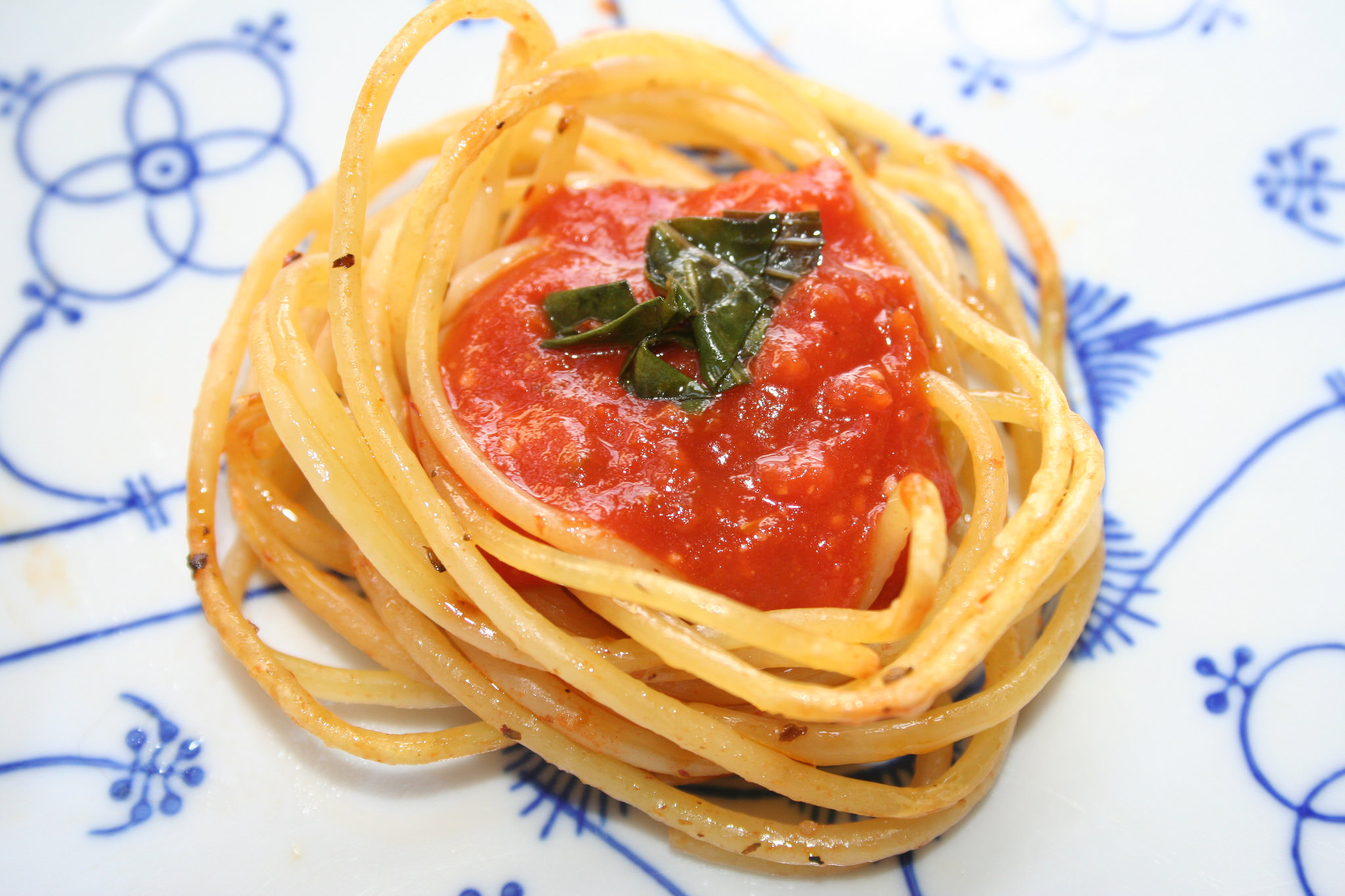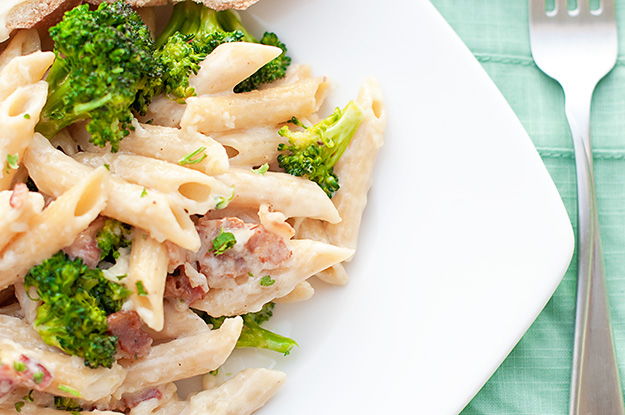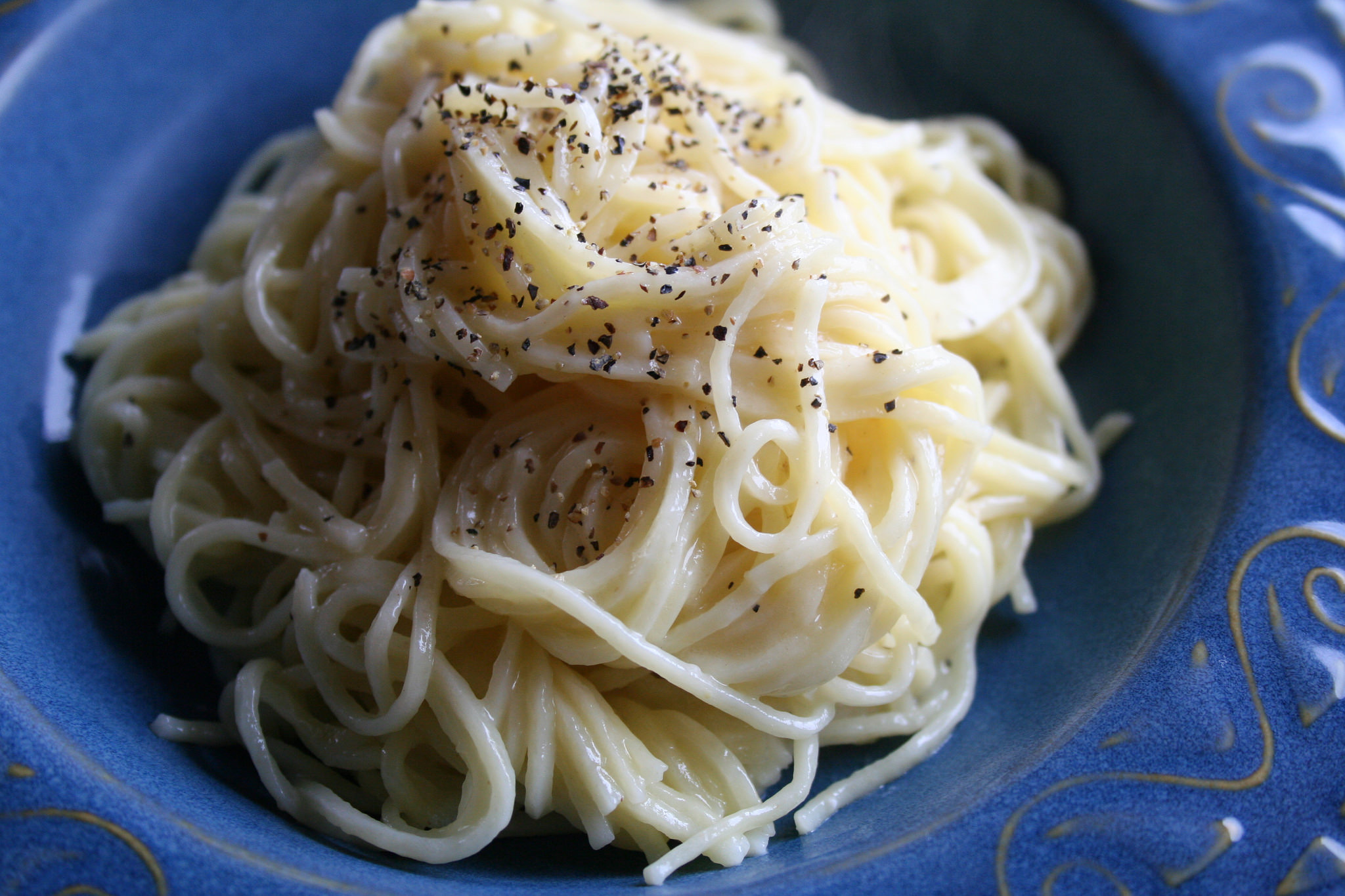These days, more and more people are avoiding pasta for health reasons. After all, while it’s delicious, pasta is also a fairly starchy food that’s frequently paired with high-calorie sauces and toppings.
It’s possible to maintain a healthy lifestyle and enjoy pasta, too.
These helpful tips and tricks can help you indulge in pasta without the guilt. With these ideas, you can enjoy it in better-for-you ways.
That said, you still want to enjoy in moderation, but by using one or more of the tips listed here, you can rest assured that you’re making healthier choices.
1. Choose whole wheat pasta
These days, there’s an incredible variety of healthier pasta options on the market. Right in the pasta aisle you can easily find a number of types of whole wheat pasta.
Whole wheat pasta increases the amount of fiber (and therefore satiety) packed into each serving, which means you won’t need to eat as much to feel satisfied.
2. Use veggies instead of noodles
Alternatively, you could forgo traditional pasta entirely and use vegetable noodles. Cooked spaghetti squash is an easy option, but you can also find pre-made or make your own spiralized zucchini, beet or sweet potato pasta.
Any of these options can be used instead of pasta in your favorite dishes. Not only are these noodle alternatives far lower-calorie than traditional pasta, but they also add fiber and a variety of vitamins and minerals to your dish.

3. Adjust your portion size
Everyone loves a big plate of pasta. But if you’re being honest, how much does it really take to satisfy you? Often, we eat more than is necessary, simply because a dish tastes great (hey, we’ve all done it!).
Personally, I like using clever presentation, such as creating bird’s nests with spaghetti noodles, to maintain a high visual appeal even when serving a smaller portion. Fill in the empty space on your plate with a side salad or vegetable.
4. Use lean protein
Pasta is commonly served with meats are higher in fat, such as veal, ground beef or fatty pork products. To quickly improve the health of your pasta dish, try using a lean protein instead.
For instance, you might decide to use part or all ground turkey in your meatballs or meat sauce. Or, forgo heavy meats entirely and use clams or shrimp in your pasta.
5. Add fiber
Fiber is not only good for your digestion, but it also makes you feel full faster. Using whole wheat noodles or spiralized vegetables does add fiber, but if you prefer traditional pasta, there are other ways to increase the fiber content, too. For instance, try mixing in high-fiber vegetables such as broccoli or peas, or adding beans to your pasta dish.
6. Add (lots) of fruits and vegetables
Adding a healthy dose of fruit (yes, keep reading) or vegetables to a pasta dish can help increase the health quotient.
For example: lighten up an Alfredo sauce by adding pumpkin (yes, it’s a fruit!) or double up on the cherry tomatoes (also fruit) in your next batch of pasta sciue sciue.
Adding a hefty portion of a vegetable or fruit in a dish could siginficantly reduce the amount of pasta you end up eating — but it won’t feel like you’re restricting yourself at all.
7. Use lower-fat dairy
Some pasta dishes feature high-fat dairy products, like cheese or heavy cream. Lightening up your meal can be as easy as substituting part or all low-fat dairy products.
For instance, you can cut down on the fat in Alfredo sauce by using half milk and half cream. For a recipe that includes sour cream or mayonnaise (such as pasta salad), you can swap plain Greek yogurt for lower-fat and more healthful results. Particularly if a dish features other flavors, you might not even miss the higher-fat dairy.
8. Treat cheese like a condiment
I admit, this can be a hard adjustment to make. But changing up the cheese in pasta recipes can potentially make your dishes a lot healthier.
Begin thinking of cheese like a condiment or finishing spice, to be used lightly before serving rather than as the basis of the dish. For instance, pasta with olive oil and vegetables can be finished with cheese rather than adding it in the dish as well.
9. Rethink your fat.
Pasta dishes with butter are delicious — no doubt about it. But they can pack a pretty significant amount of saturated fat in a single serving.
Rethinking the fat you use can make your pasta healthier. For example, olive oil is naturally lower-calorie and contains less fat, and it typically works as a substitute in most pasta dishes that contain butter.
If you can’t imagine a dish without butter, you can experiment with reducing the amount. So if your recipe calls for 4 tablespoons of butter, see how it tastes with just 2 or 3 tablespoons. Chances are, it won’t make a huge impact on the finished flavor.





Share tips, start a discussion or ask one of our experts or other students a question.
No Responses to “9 Tips for Making Guilt-Free Pasta Dishes”